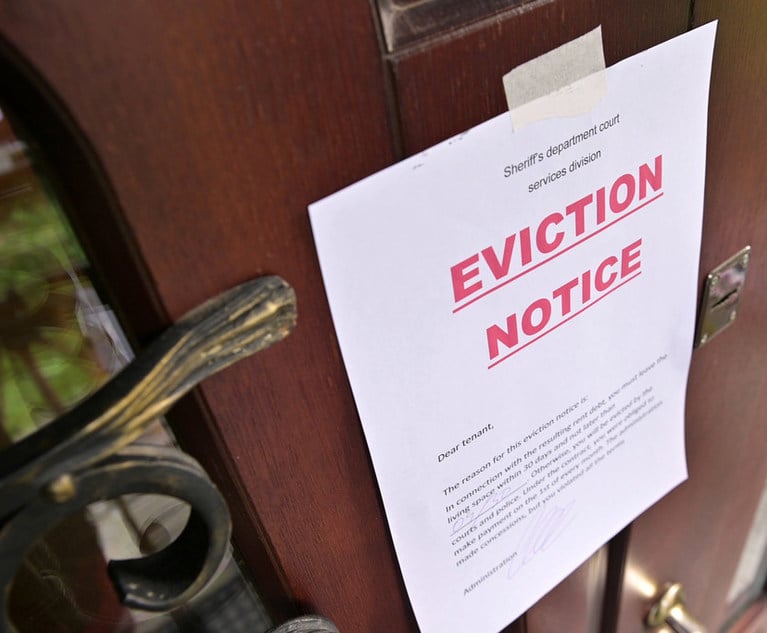The demand for mobile devices and our increasing reliance on them in our everyday lives has brought with it the proliferation of “cell phone towers.” What were at one time novel structures have now blended into the landscape. They hide in plain sight on top of light poles and buildings, and alongside highways, providing connectivity for arguably the most important technological invention in the last 40 years. Yet, they continue to face opposition by many local regulatory boards.
Last fall, New York’s Second Department issued a decision regarding the application of the Monroe balancing of public interests test to a proposed cell tower project situated on public parkland. In Matter of Town of Beekman v. Town Board of the Town of Union Vale, 219 A.D.3d 1430, the court held that the Town of Union Vale’s lease to a private company of parkland located in the Town of Beekman for the construction of a cell tower was immune from Beekman’s zoning regulations.


 cell_phone_tower
cell_phone_tower




